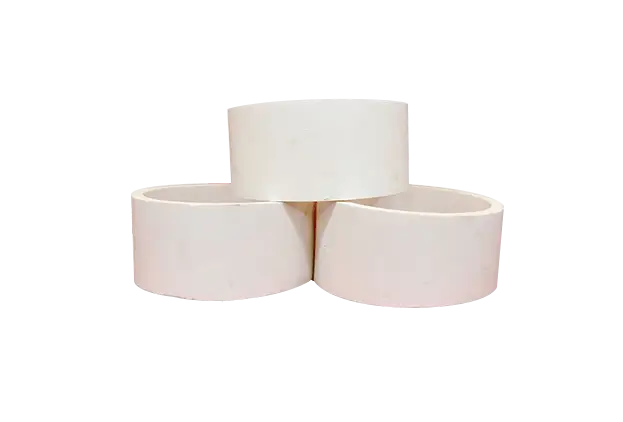As I delve into the fascinating world of fused alumina refractory materials, I am struck by the transformative changes that are sweeping across the industry. This remarkable material, known for its exceptional properties and versatility, is at the heart of various high-temperature applications, making it a cornerstone of the modern manufacturing sector.
One of the most significant trends I have observed is the increasing demand for fused alumina due to its enhanced thermal stability and mechanical strength. Industries such as steel, glass, and ceramics are recognizing the unparalleled advantages that this material offers. The proliferation of advanced manufacturing processes is fostering a trend toward more efficient and sustainable material use, which is profoundly influencing purchasing decisions.
The role of technological advancements cannot be overstated. Innovations in extraction and processing techniques have been pivotal in enhancing the quality and performance of fused alumina. For instance, the implementation of smarter, energy-efficient kilns has significantly reduced production costs while improving the material's properties. It’s thrilling to witness how the integration of AI and automation is shaping the future of the refractory materials sector.
Moreover, I can't help but notice the industry's growing commitment to sustainability. Companies are increasingly prioritizing the development of eco-friendly products, creating a ripple effect throughout the supply chain. The shift towards using recycled materials in the production of fused alumina not only addresses environmental concerns but also opens new avenues for innovation.
Looking ahead, I believe the fused alumina refractory materials industry is poised for substantial growth. The ongoing development of electric vehicles and renewable energy technologies demands high-performance materials that can withstand extreme conditions. Furthermore, as global regulations tighten regarding emissions and waste reduction, the pressure on industries to adopt durable and efficient materials like fused alumina will only intensify.
In conclusion, as I reflect on the myriad of changes and innovations within the fused alumina refractory materials industry, I feel optimistic about its future. The interplay of demand, technological innovation, and sustainability initiatives is setting the stage for a prosperous era. Embracing these trends will not only benefit industries but also contribute to a more sustainable and efficient world.

